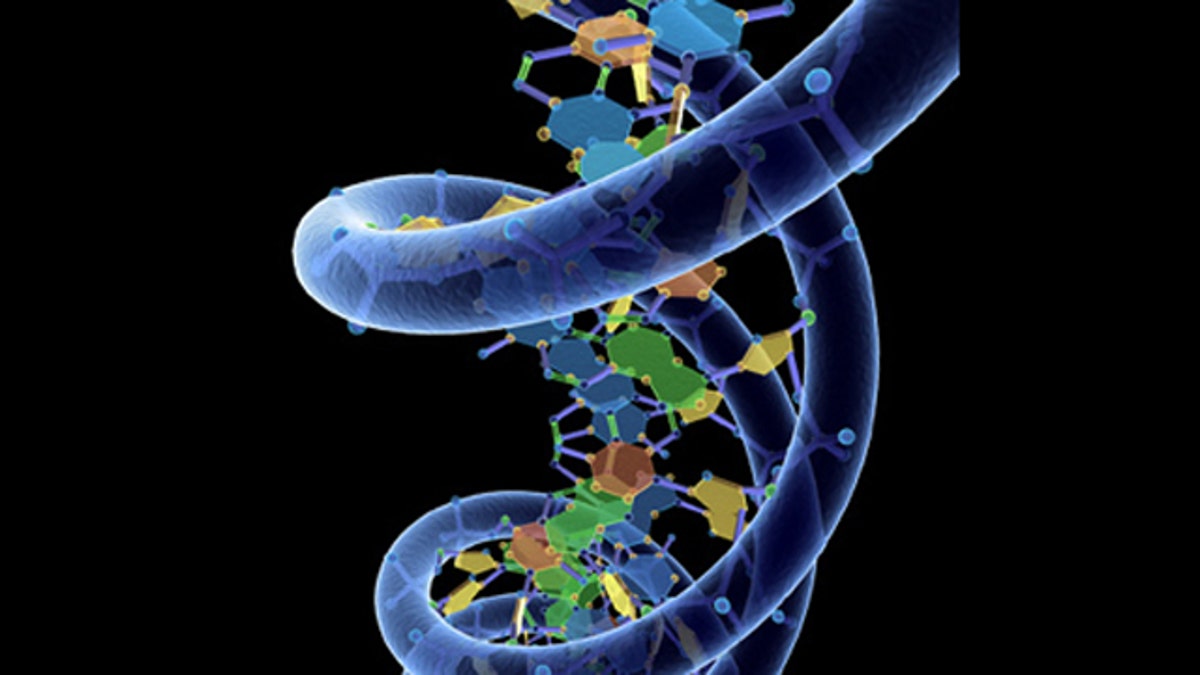
(3DScience.com)
Two large surveys of the human genome indicate that it may be much harder than scientists once thought to map out all the genetic mutations that underpin common human diseases, complicating the potential development of personalized, gene-based treatments.
The studies were from GlaxoSmithKline and the University of Washington in Seattle and were both published in the journal Science. The two reports showed that there are many different ‘rare’ mutations in the human genome associated with diseases like cancer, coronary artery disease, Alzheimer’s disease and schizophrenia.
The study from UW looked at 202 genes in 14,002 patients. There are approximately 3 billion base pairs in the entire human genome, and the scientists studied 864,000 of them.
"Our results suggest there are many, many places in the genome where one individual, or a few individuals, have something different," study senior author John Novembre, an assistant professor of ecology and evolutionary biology and of bioinformatics at UCLA, wrote in a press release. "Overall, it is surprisingly common that there is a rare variant in the population.”
The scientists found there was one genetic variant for every 17 bases – a dramatically higher rate than they expected, Novembre said.
The majority of the time, only one person had a specific genetic variant, while the 14,001 others did not, meaning further research into each variant would likely be costly and require a very large population of people.
"We saw lots of that," Novembre wrote. "We discovered there are many places in these 202 genes where there is variation and only a few individuals differ from the whole group, or only one differs. We also see evidence that a substantial fraction of these rare genetic variants appear to be deleterious in a long-term evolutionary sense and might impact disease."
The GlaxoSmithKline researchers who conducted the other study agreed with the UW researchers in attributing the large number of variants to human population growth.
"Because the human population has grown so much, the opportunity for mutations to occur has also grown,” Novembre wrote. “Some of the variants we are seeing are very young, dating to population growth since the invention of agriculture…the growth has created many opportunities for mutation in the genome because there are so many transmissions of chromosomes from parent to child in large populations."
